By Jacob Bertram, Columbia Gorge News — Apr 20, 2021
White Salmon — Starting this week, the health and wellness center building on the White Salmon Valley School District campus is opening to provide services at a permanent location.
The program, born out of an initial $75,000 grant through Southwest Washington Accountable Community of Health (SWACH) and a partnership with NorthShore Medical Group and White Salmon Valley Educational Foundation, and later supplemented through additional funding by SWACH and community donations, will now have a permanent residency on the school district campus.
When the program first started a year ago, NorthShore therapists had been providing one-on-one services on the NorthShore campus with students given transportation thanks to the K-Link group, which funded rides through Mt. Adams Transportation.
The health and wellness center building was funded though a 2019 voter-approved $7 million bond by the school district. Construction was completed earlier this month.
The building offers an exam room and lab for future sports therapy services, as well as room for two therapists to provide services, which will be on a twice-weekly basis starting this Tuesday. Program leaders also want to eventually provide dental services in the building.
“We wouldn’t have this health and wellness center without our community,” said Henkle Middle School Principal Haley Ortega. “It wouldn’t have happened without them so we’re very thankful for them.”
Much of the services are provided during class time, although some are scheduled outside of school hours, said Michelle Ward, coordinator of the health and wellness program.
“Now that we have this space, it’s here for (the students),” said Ward.
While 4-12 graders have immediate access to the building, district officials are working on a plan to be able to transport K-3 graders between Whitson Elementary School and the health and wellness center, said Ortega.
The building and its proximity to school will help to eliminate one barrier that keep students from seeking help, said Ward.
Another barrier to entry is cost. Students who are insured through private insurance or state insurance may pay a co-pay, while a donation from a community member has allowed some to bypass the cost of therapy services, Ortega said.
As coordinator of the program, much of Ward’s role has been to link students and families to mental health services as well as other resources for help with food, housing, and other needs.
“We want this to be a place where students feel comfort and there’s no stigma around it,” Ward said.
Reducing the stigma surrounding mental health is one of Ward’s number one goals as coordinator, “not just in the district, but the community as a whole.”
Ward has been serving as coodinator for the health and wellness program since it got started a year ago.
Acting to achieve her goal, Ward and Rita Pinchot, the district’s prevention and intervention specialist, have been busy this past year performing outreach to classes, introducing themselves to teachers, students and families in an effort to make them aware of the services they provide.
Teachers likewise have been taking students on tours of the building, Ward said.
“A lot of my referrals come from teachers,” Ward said. Some students have approached the program without assistance, and according to Ward, “that’s huge that they have that awareness. I’m proud of them that they’re able to ask for help.”
With the completion of the health and wellness center building, everything is able to be done at the school, from setting up appointments to meeting with therapists.
“If you’re worried or if you’re anxious, school is going to be the lowest priority,” said Ward. “So we’re addressing all the barriers so that students could learn in a positive environment.”
With a concrete source of support, program partners are thinking of ways to grow the program. Earlier this year, Ward began a twice-monthly parent support group to talk about struggles, share ideas, offer one another support and spend some time just taking care of each other.
“There’s so many possibilites,” Ortega said.
Ward said that it’s a positive thing for students to be back in school making social connections, especially since there can be little to no privacy at home to do telehealth sessions.
But the signs are clear that there is a lot of work to be done to mitigate the effects of a year away from in-person learning. According to partial results from a statewide optional survey that analyzed 6-12 graders and how they have adjusted to the COVID-19 pandemic, students are reporting symptoms of anxiety and depression.
Part of why the survey is being done, Ward said, is to have some understanding of what resources are needed to mitigate adverse effects, and with community partnerships through the school district, Washington Gorge Action Programs, medical services, local police departments and other community organizations, “the group is able to work together to help address needs.”
In preparation for opening the building, adult and student volunteers planted 200 native plants around the building. The plants were generously donated by the Underwood Conservation District and Yakama Nation Fisheries and compost was donated by Dirt Hugger. The plants will provide a beautiful outdoor area around the Center, as well as provide habitat, offer a natural screen between the Center and the road and help provide a solution to drainage issues in the area.
